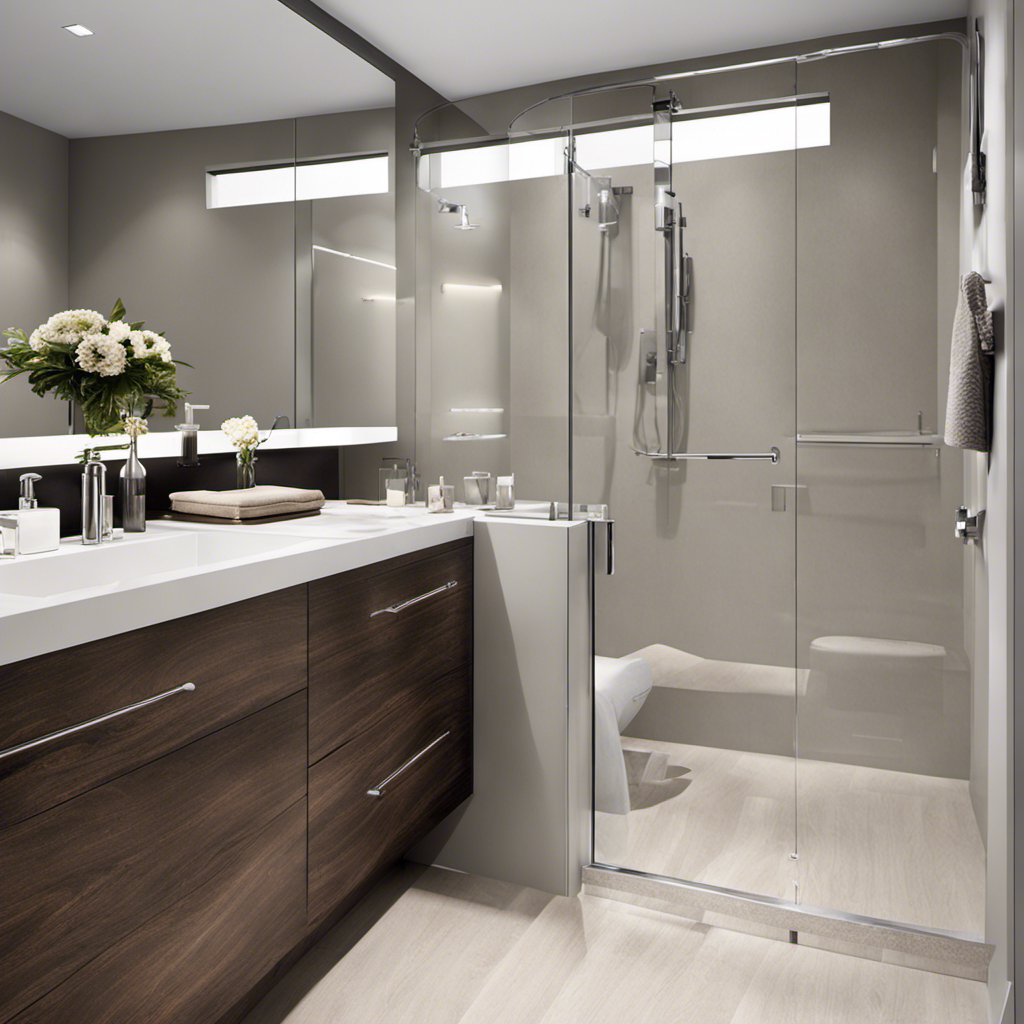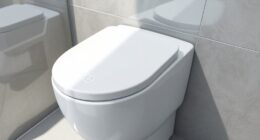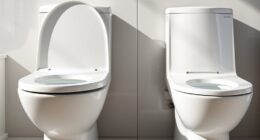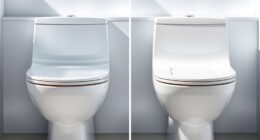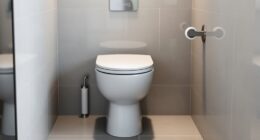We’ve all experienced the frustration of hard water. Did you know that hard water affects more than 85% of homes in the United States?
But fear not, because we’re here to shed light on what triggers a water softener to regenerate. Understanding the factors that initiate the regeneration process is crucial for maintaining optimal water quality.
In this article, we’ll delve into the levels of water hardness, salt concentrations, water usage, timer settings, and system malfunctions that can influence when your water softener needs to regenerate.
Let’s dive in!
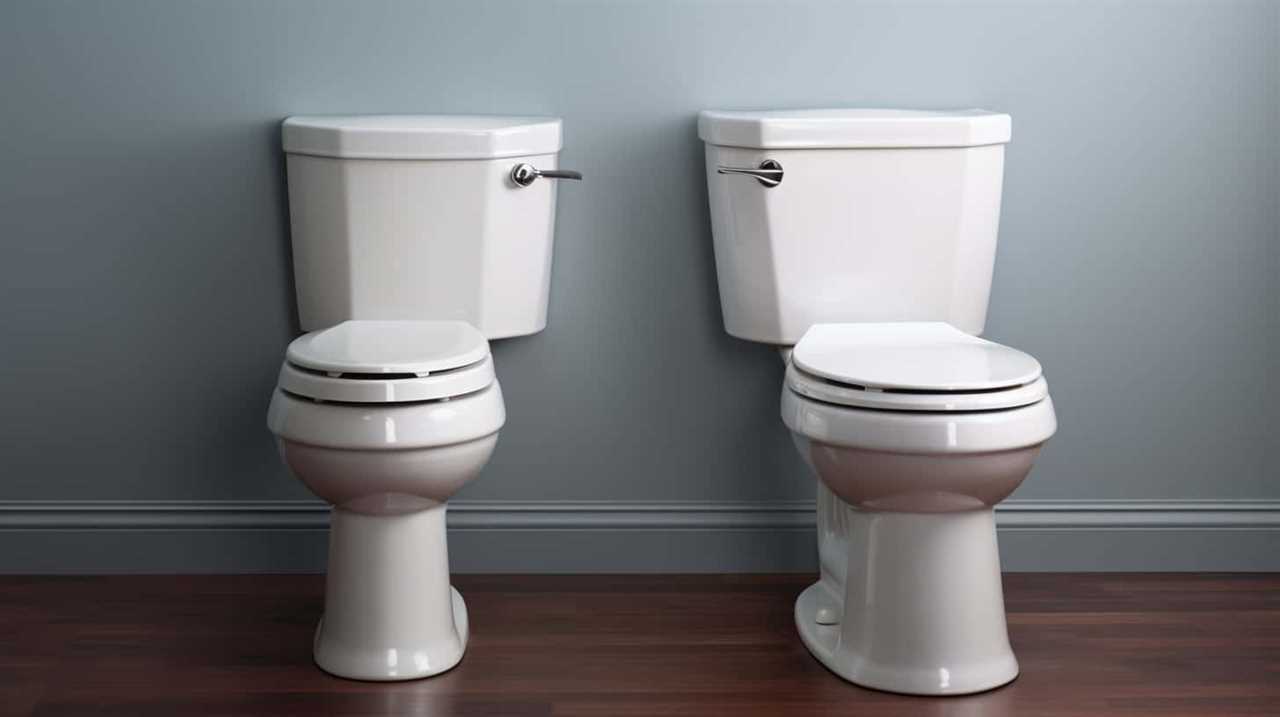
Key Takeaways
- Insufficient salt levels in the brine tank can lead to ineffective resin bed regeneration.
- Monitoring water usage and flow rate is crucial for determining when regeneration is needed.
- Timer settings control when and how often the regeneration process takes place, allowing customization based on specific water usage needs.
- System malfunctions such as low or high system pressure can affect the water softener’s ability to regenerate properly and should be addressed promptly.
Water Hardness Levels
To determine when our water softener needs to regenerate, we monitor the hardness levels of the water using a built-in sensor. This is crucial because high levels of hardness can have a significant impact on plumbing and appliances.
Excessive hardness can lead to the accumulation of mineral deposits in pipes, reducing water flow and causing clogs. Over time, these deposits can also corrode and damage the plumbing system, leading to costly repairs.
Additionally, the effects on appliances can be detrimental. Hard water can cause mineral buildup in appliances like dishwashers and washing machines, reducing their efficiency and lifespan. It can also leave behind spots and streaks on dishes, glasses, and silverware.
Salt Levels in the Brine Tank
After monitoring the water hardness levels, we need to ensure that the salt levels in the brine tank are sufficient for the water softener to regenerate effectively. The brine tank is a crucial component of the water softener system, responsible for creating a high concentration of saltwater known as brine. This brine concentration is essential for the regeneration process to occur.

During regeneration, the brine is flushed through the resin bed, replacing the hardness minerals with sodium ions. However, if the salt levels in the brine tank are low, the brine concentration may not be strong enough to effectively regenerate the resin bed. This can lead to insufficient resin bed saturation and reduced efficiency of the water softener system.
Therefore, regularly monitoring and maintaining adequate salt levels in the brine tank is necessary for optimal performance.
Transitioning to the subsequent section about ‘water usage and flow rate’, we’ll now explore how these factors can impact the regeneration process.
Water Usage and Flow Rate
During normal operation, we monitor water usage and flow rate to determine when a water softener needs to regenerate. This is an important factor in maintaining water conservation and ensuring proper plumbing maintenance. By monitoring water usage, we can identify when the softener is reaching its capacity and needs to regenerate. High water usage, such as increased showers or laundry, can deplete the resin bed quicker, leading to hard water flowing through the system.

Similarly, low flow rates can indicate a decrease in water softening effectiveness. By closely monitoring water usage and flow rate, we can optimize the regeneration process and ensure that the water softener is functioning efficiently.
Now, let’s explore the next aspect of water softener regeneration: timer settings and regeneration frequency.
Timer Settings and Regeneration Frequency
As we continue our exploration of water softener regeneration, let’s delve into the important aspects of timer settings and the frequency at which regeneration occurs. Timer settings optimization plays a crucial role in ensuring the efficient and effective operation of a water softener. By adjusting the timer settings, you can control when and how often the regeneration process takes place. This allows you to customize the regeneration frequency based on your specific water usage needs.
To help you understand the benefits of regeneration at different intervals, let’s take a look at the following table:
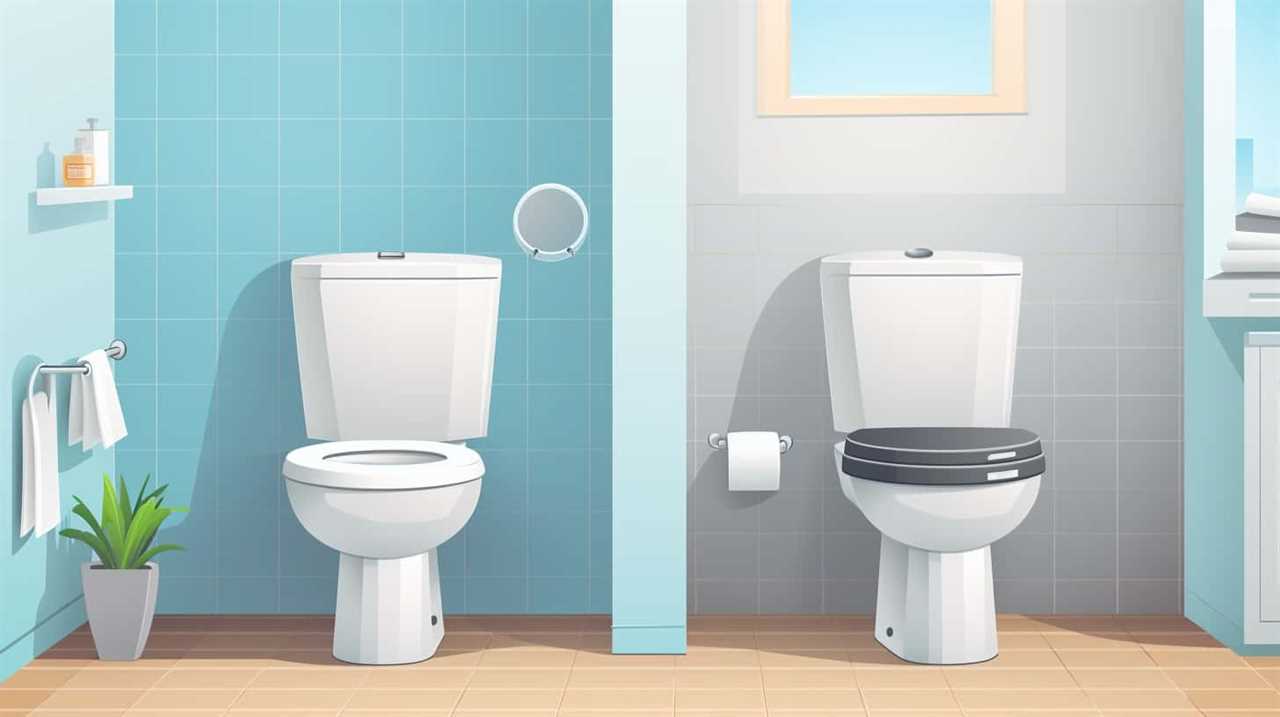
| Timer Setting | Regeneration Frequency | Benefits |
|---|---|---|
| Daily | Once a day | Consistent removal of hardness minerals |
| Every 2 days | Every other day | Reduced water and salt consumption |
| Weekly | Once a week | Extended lifespan of the resin bed |
System Malfunctions and Troubleshooting
To address system malfunctions and troubleshoot water softeners, we can examine common issues that may arise during the regeneration process. One potential problem is low system pressure. If the system pressure is too low, it can prevent the water softener from regenerating properly. This can be caused by a clogged or dirty resin bed.
To troubleshoot this issue, first check the system pressure gauge. If the pressure is below the recommended range, it may be necessary to clean or replace the resin bed.
Another potential malfunction is high system pressure. Excessive pressure can damage the water softener and lead to leaks or other issues. In this case, it’s important to check the system pressure relief valve and ensure it’s functioning correctly. If it’s not, it may need to be replaced to prevent further damage.
Frequently Asked Questions
How Does a Water Softener Actually Remove Hardness Minerals From Water?
Water softener mechanisms remove hardness minerals by passing water through a resin bed, which exchanges calcium and magnesium ions for sodium ions. Benefits of using a water softener include reduced scale buildup, improved appliance efficiency, and softer skin and hair.

Can a Water Softener Be Installed in Homes With Well Water?
We can install a water softener in homes with well water. It not only removes hardness minerals but also provides benefits like improved taste, reduced scale buildup, and increased lifespan of appliances.
Are There Any Health Risks Associated With Drinking Softened Water?
Drinking softened water has no health risks, only health benefits. It improves skin and hair, prevents mineral buildup, and reduces soap scum. Softened water also extends the lifespan of plumbing fixtures and appliances.
How Long Does It Take for a Water Softener to Regenerate?
Water softener regeneration time varies depending on factors like water usage, hardness levels, and system capacity. It typically takes around 2-4 hours to complete a regeneration cycle, ensuring optimal performance and efficiency.
Are There Any Alternatives to Using Salt in a Water Softener?
Non salt water softener options and eco-friendly alternatives are available for those seeking to avoid using salt in their water softener systems. These options provide a more environmentally friendly solution while still effectively softening water.

Conclusion
In conclusion, the trigger for a water softener to regenerate is a combination of factors. These include:
- The hardness levels of the water
- The salt levels in the brine tank
- Water usage and flow rate
- Timer settings for regeneration frequency
When any of these factors aren’t properly balanced or malfunctioning, it can affect the efficiency of the water softener system. It’s important to monitor and troubleshoot these factors to ensure optimal performance of the water softener.




